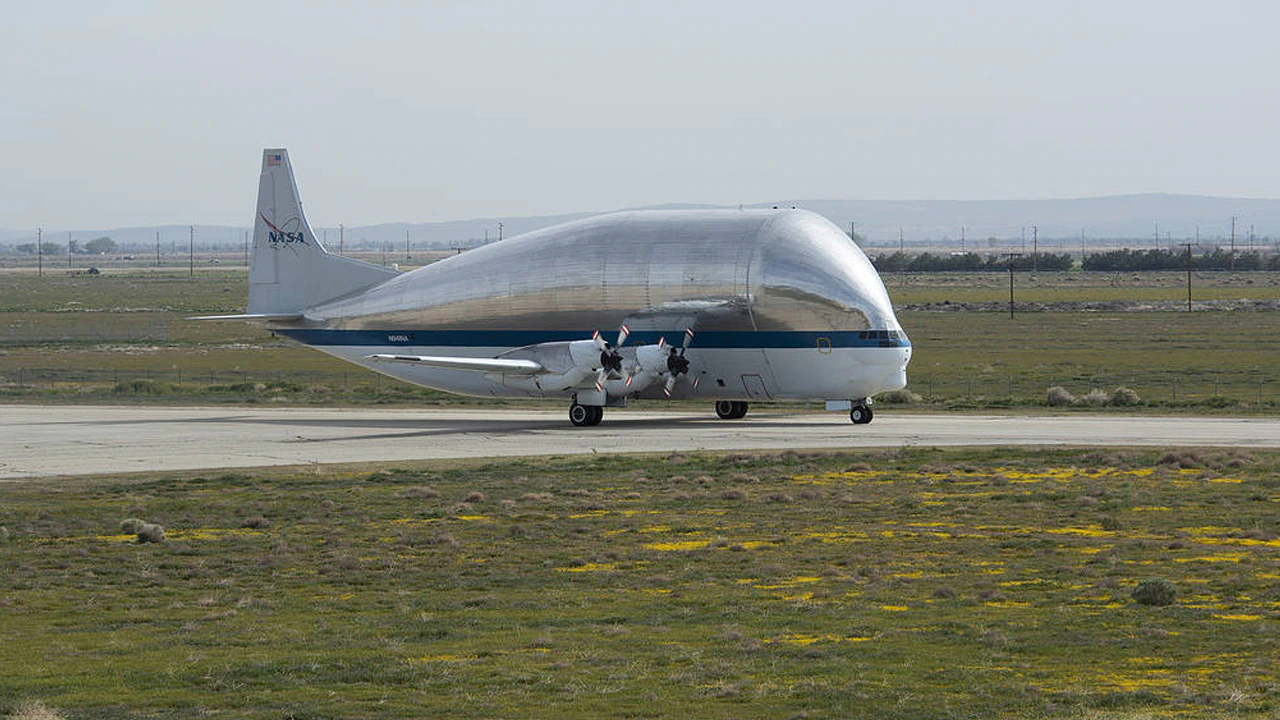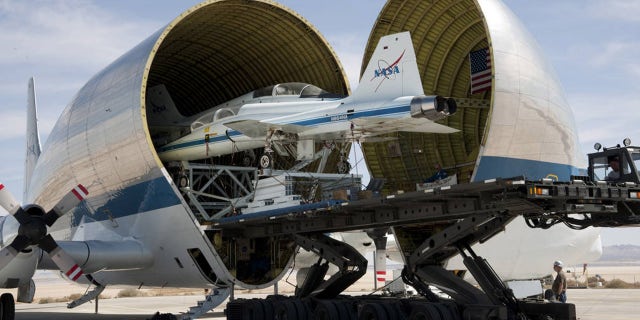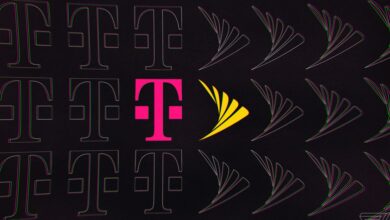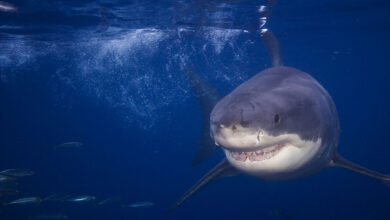What is NASA’s Super Guppy plane?

[ad_1]
NASA’s Super Guppy is an aircraft built specifically to ferry large cargo.
The Idea for the Super Guppy was introduced in 1965 after the agency’s creation of Aero Spaceline Industries’ Pregnant Guppy in 1961.
Retired U.S. Air Force pilot Jack Conroy pitched the idea to NASA following a conversation with aircraft broker Leo Mansdorf regarding reselling Boeing Model 377 Stratocruisers, according to an account from Popular Mechanics.
THE MOON HAS A TAIL THAT SENDS BEAMS ACROSS EARTH, RESEARCHERS SAY
Conroy had heard that they were transporting components for future spacecraft and he said they could expand the Stratocruiser’s fuselage to do so.
In disbelief, NASA officials told Conroy his design — made with parts from the Stratocruiser and other planes — looked like a “pregnant guppy,” but Conroy was undeterred and later mortgaged his house to create Aero Spacelines International and begin his work.

NASA’s Super Guppy Turbine continues to support America’s space program today. (Credit: NASA)
After two years, the Pregnant Guppy was airborne in California and Conroy was able to get permission to fly to NASA’s Manned Space Flight Center in Houston for a demonstration. But, while NASA had officially been dubious, the Pregnant Guppy impressed the center’s director and Conroy’s aircraft became a valuable asset for NASA.
The Pregnant Guppy featured the largest cargo compartment of any aircraft ever built and stretched wide enough to carry the Saturn V rocket for NASA’s Apollo program, which took humans to the moon more than 50 years ago.
Conroy then upgraded, developing the Super Guppy with lighter and faster engines, pressurization and an opening at the nose instead of the tail.
Nicknamed “Frankenplane,” the Super Guppy was also an extra 14 feet in length and a diameter of 25 feet at the cargo bay, with the ability to carry 170,00 pounds, according to Newsweek.
The Super Guppy began transporting components of the International Space Station to the launch site as well and has been utilized across many missions.
However, while the seemingly top-heavy plane saw success, Conroy was forced to shutter operations in 1972.
NASA bought and operated the Super Guppy for more than 30 years, with the last model — the Super Guppy Turbine (SGT) — built for French airliner Airbus and the European Space Agency.
There were only four made for Airbus, but in a deal, NASA was able to buy one of the SGTs to replace its old Super Guppy.
CLICK HERE FOR THE FOX NEWS APP
The aircraft does not have any modern electronics and requires a crew of six or seven, including pilots, engineers, a loadmaster and maintenance technicians.
That said, the SGT has remained in use.
The SGT garnered attention last week when it landed at Arizona’s Mesa Gateway Airport on Thursday.
[ad_2]
Source link






